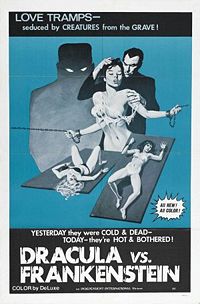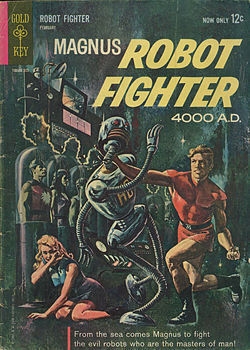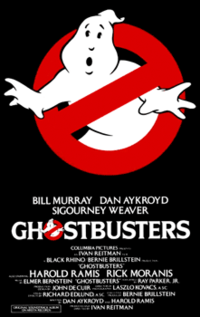- What does this character want?
- What stands in his or her way?
As readers, these questions can often give us some surprising insight into the stories we read. The answer to the first question is likely to tell us something about theme; the answer to the second is often linked to setting.
In our discussion of Milan Kundera’s The Unbearable Lightness of Being in my IB English class, we asked ourselves what it is that Tomas wants but can't have. One student suggested that what Tomas wants is freedom, but another pointed out that if Tomas truly wanted freedom, he could easily have had it. He could have stayed in Switzerland, thereby gaining both political freedom and freedom from Tereza. But, of course, Tomas doesn't stay—he returns to Czechoslovakia, to a Prague occupied by Russian soldiers, in order to continue his relationship with Tereza. So what does he want? At last someone suggested that what Tomas really wants is certainty. He wants to know, for example, if his relationship with Tereza is worth the sacrifices; he wants to know what type of life has the most value.
It seems to me that asking this question of what Tomas wants leads us to some surprising insights into the book. Upon reflection, we might decide that Kundera's book is in fact less concerned with questions of political freedom than it is with questions of understanding: How do we know when we are seeing pattern or coincidence? Can we ever really understand someone else? How can we decide what a symbol stands for? When faced with a dilemma, how can we know which course of action is correct?
And the second question? What stands in Tomas’s way in his quest for certainty? Well, I suppose the world does—life just doesn’t seem to be designed to offer us much certainty about anything—though setting surely plays a role here. In communist Czechoslovakia, with its Kafkaesque twists and turns, the problems of certainty are compounded.
(Compare Kundera’s story with George Orwell’s 1984. In contrast to Tomas, Orwell’s Winston Smith does want freedom. What stands in his way? Again, the answer seems linked to setting: in the totalitarian world of 1984, freedom is impossible. I think that setting is almost always some component of the forces that oppose a character’s desires. (But I'll write more about that in another post.)
Conflict arises from a character desperately wanting something he or she can’t have. It’s the basis for story.








